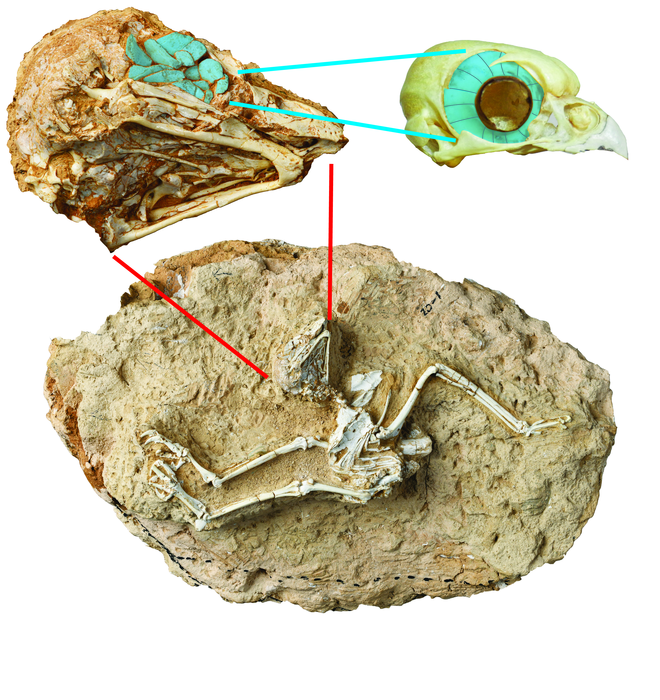The (fossil) eyes have it: Evidence that an ancient owl hunted in daylight

An extraordinarily well-preserved fossil owl was described in PNAS this past March. Owls are not new to the fossil record; evidence of their existence has been found in scattered limbs and fragments from the Pleistocene to the Paleocene (approximately 11,700 years to 65 million years ago). What makes this fossil unique is not only the rare preservation of its near-complete articulated skeleton but that it provides the first evidence of diurnal behavior millions of years earlier than previously thought.
In other words, this ancient owl didn't stalk its prey under the cloak of darkness. Instead, the bird was active under the rays of the Miocene sun.
Seeing the lightIts eye socket was key to making this determination. Dr. Zhiheng Li is the lead author on the paper and a vertebrate paleontologist who focuses on fossil birds at the Institute of Vertebrate Paleontology and Paleoanthropology (IVPP) in China. He explained in an email that the large bones around the eyes of birds (but not mammals) known as the scleral ossicles offer information about the size of the pupil they surround. In this case, the pupils of this fossil owl were small. And if the pupil is small, he wrote, it means they can obtain good vision with a smaller eye opening."
Read 17 remaining paragraphs | Comments